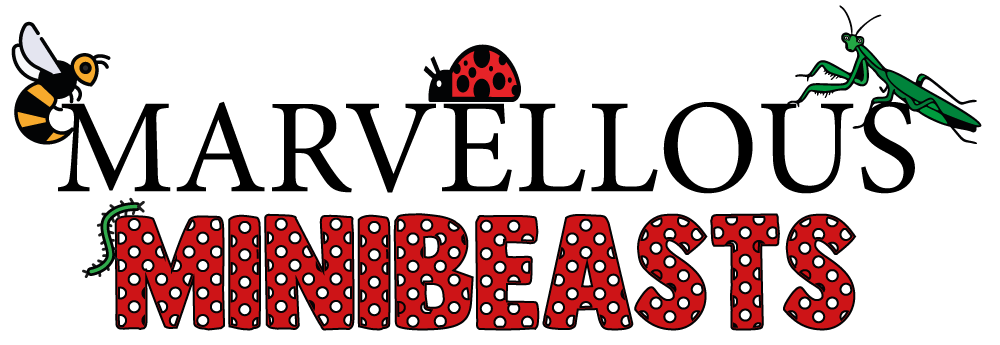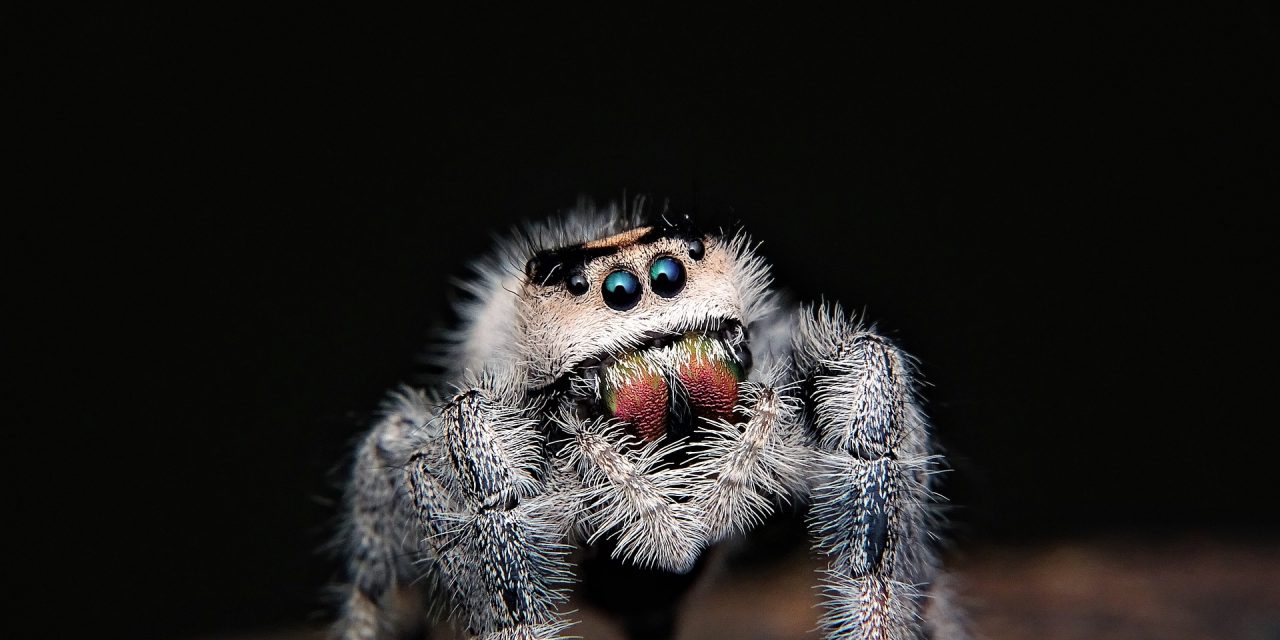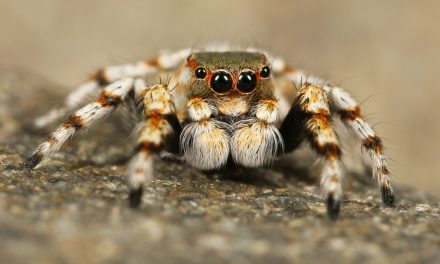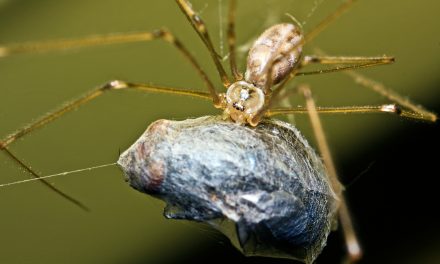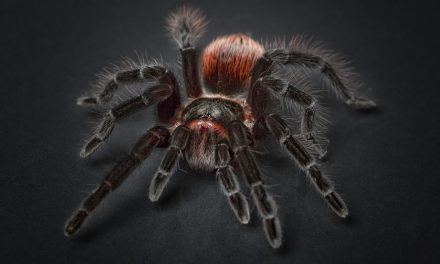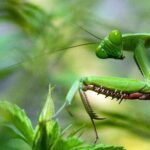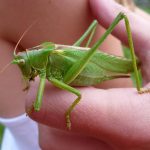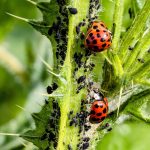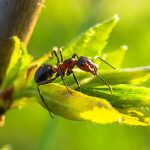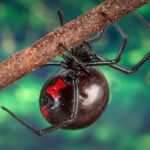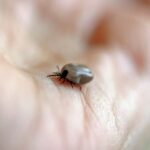The common perception of spiders is that they are both terrifying and potentially harmful. However, with the exception of a small number of species, the vast majority of spiders pose no threat to humans, and even the most dangerous species will avoid you if you do the same to them. You might be surprised to learn that jumping spiders, or jump spiders, as some people like to call them, make excellent pets. There are a lot of people who choose to keep tarantulas as pets, but if you are a novice spider owner or you want to get a spider to help you get over your fears, the jumping spider is the best pet for you. Keep reading to discover why keeping a jumping spider as a pet is the best decision you will ever make.
Keeping a jumping spider as a pet
Pet jumping spiders are the best choice because they are inquisitive little creatures who will bring you a great deal of joy and happiness. Jumping spiders are very sociable, unaggressive, and pose no threat to us. They are afraid of humans, so they tend to shy away quickly at first, but if you can win the trust of your spider, you will have no trouble handling it.
Where can I get a jumping spider?
There are many websites that will encourage you to remove a jumping spider from its natural habitat and keep it as a pet. Some of these websites even provide step-by-step instructions on how to do this. This is not the right thing to do from a moral standpoint because it could result in a significant reduction in the number of jumping spiders that are found in their natural environments.
Spiders not only contribute significantly to the health of our ecosystem, but they also do not fare well when kept as pets. Imagine that someone took you out of your natural environment and locked you up in a plastic container for the rest of your life; I’m fairly sure that you wouldn’t be happy about it.
If you are considering getting a jumping spider as a pet, the best place to get one is from a breeder who is committed to maintaining high ethical standards in their business. Ethical breeders do not take jumping spiders from the wild. There are many reputable breeders operating online. However, before making a purchase, it is important to read customer reviews. because some breeders use the terms “captive bred” and “ethical breeding” when, in fact, they are capturing spiders from the wild.
What jumping spider should I get?
Our recommendation for a jumping spider to keep as a pet is the Phidippus Regius, also referred to as the Regal Jumping Spider. This particular spider species is ideal for keeping as a pet as it is easy to care for. The regal jumping spider is curious, energetic, and can be handled easily if you spend enough time with them.
Regal jumping spiders have a relatively short lifespan of around one year, which means they do not require a long-term commitment if you decide that a spider is not the right pet for you.
Jumping spider enclosure
The enclosure for jumping spiders is relatively inexpensive due to its small size and its low maintenance requirements. There are a lot of people who have chosen to build their own housing, but there are also many wonderful commercially built enclosure options as well. When selecting an enclosure for your spider, there are a few things you need to be aware of.
The enclosure must be bottom opening and be safe and secure for your spider to live in. They prefer to make a cocoon at the top of their house, so you don’t want to destroy all of their hard work every time you open it.
The enclosure must have sufficient airflow throughout the area. Commercial enclosures will already have incorporated this, but if you are making a DIY enclosure, then it is essential that you add a vent on all sides and at the top of the enclosure. Having sufficient airflow is good for your spider, but it will also help to keep mould under control.
We suggest covering the floor of the enclosure with approximately two inches of substrate; something like coconut fibre will do. If you use a substrate, it will help keep the enclosure clean, and it will also make the flooring soft in case your spider falls.
Once you have your enclosure and substrate sorted, we recommend adding in a few accessories here and there, for example, a hide, some greenery, a ladder or some rope.
You don’t need to provide a water dish or spray the substrate to keep it moist. Jumping spiders like a drier environment, so a light spritz of water on the side of the enclosure daily will be sufficient for hydration. Avoid spraying water directly on your spider.
It is essential to keep in mind that your spider will require extra moisture while it is in the process of moulting; adding an extra spritz or two onto its cocoon will help it moult successfully. It is possible that the spider will undergo an incomplete moult, which will result in the loss of limbs. If the spider is still young enough, it may be able to regrow the limb over the course of several moults.
Jumping spiders will happily live at room temperatures, so the housing doesn’t need to be heated, unless you live in a very cold climate, then you would need to provide a heat source. If using a heat mat, avoid putting it under the enclosure. Instead, place it up against the back of the enclosure. Having a heat mat under the enclosure can cause your spider to overheat. Always use a heat mat with a thermostat so that you can control the temperature.
Jumping spiders do like daylight, so placing the housing on a sunny window sill during the day will be beneficial to them. You can also use an LED lamp, as this will have the same effect as the sun.
What should I feed my jumping spider?
You won’t be able to feed your jumping spider regular insects because it will be quite small when you get it. The best food to give to young spiderlings at this stage is flightless fruit flies because they are easier to catch. You can get these from any online retailer that sells reptiles. You can feed your new spider anywhere from once to three times a week.
It is important to keep in mind that jumping spiders are capable of overeating; as a result, you should avoid giving them an excessive amount of food and remove any prey that hasn’t been consumed from the enclosure. After your jumping spider has finished feeding, there will be some cleaning to do. To maintain the cleanliness of the enclosure, you will need to remove any dead insects that have been left behind.
You will be able to feed your spider larger insects as it grows, but you should resist the temptation to feed it any insects you find around the house. Insects found inside the home may carry parasites that will make your spider sick. Avoid giving your spider crickets to eat because not only can they bite your spider, but they are also not the most nutritious of the insects. Mealworms, flies, and Dubia roaches, on the other hand, can be fed to your spider.
When spiders reach a certain size, they go through a process called moulting. It is important to keep in mind that during this process, the spider will be extremely defenceless, and feeding it prey could cause it a serious injury or even cause it to die. If your spider is avoiding food, it is possible that it is about to moult. At this point, you should refrain from placing any prey inside the enclosure until he/she has emerged from its cocoon.
Jumping spider macro photography
I am a member of a few different communities devoted to jumping spiders, and one of the things that I really enjoy doing is looking at jumping spider macro photography. You will never see a cuter spider than a jumping spider, and what better way is there to see your new friend in all its glory than learning to take some amazing macro shots?
